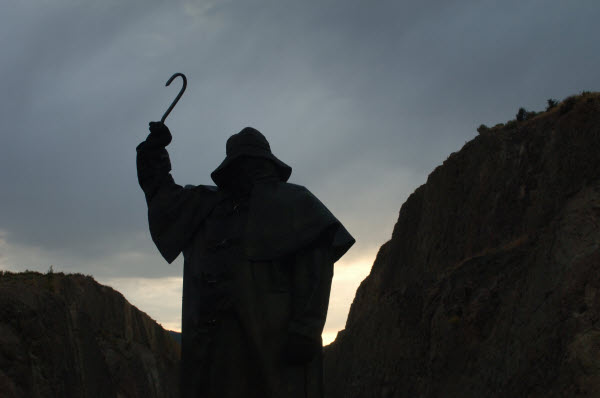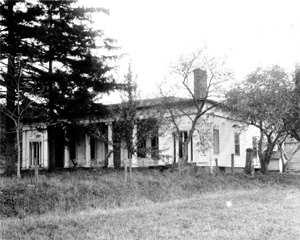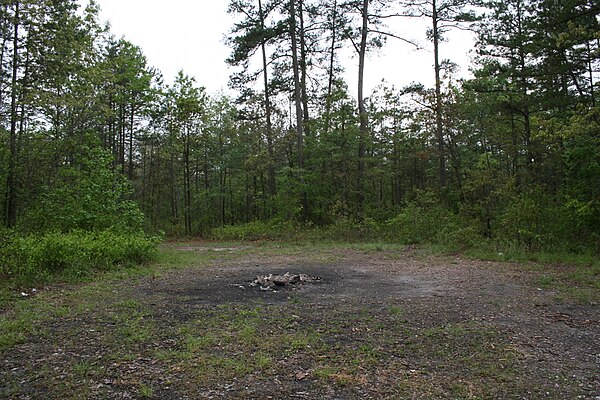Except, one key episode was compressed, condensed, conflated… the part about the hollow nickel. The truth is far more fascinating– and funny– than the script let on.
 |
| Abel (from Soviet 5к stamp) |
His name was Reino Häyhänen, a Finnish Soviet Lieutenant Colonel. Recruited by the NKVD, the Soviet secret police, he served in Finland before he was called to Moscow for training and reassignment to the United States where he assumed an American identity of Eugene Mäki.
In Manhattan, his first handler turned out to be Mikhail Nikolaevich Svirin who served as the first secretary to the Soviet United Nations Delegation in New York City. Upon Mikhail’s departure, Häyhänen was turned over to Able/Fisher, code name ‘Mark’.
If you believe the James Bond stories, spies are obsessed with babes and booze, and Lt. Col. partook more than his share. ‘Mark’ complained bitterly about Häyhänen’s lackadaisical attitude, poor work ethic, consumption of alcohol, consorting with prostitutes, and refusal to take spying seriously.
During this period, the Soviets utilized a number of clever spy toys that Q might have envied. One such gadget was a 2-inch screw that itself could be unscrewed, revealing a hollow core in which messages might be passed. These secret containers were left in ‘dead drops’, places unlikely to be thought of as spy caches.
In 1955, the bumbling Häyhänen established a cache in Prospect Park, Brooklyn in a crack in steps of a tenement. Häyhänen dropped in a hollow screw with a coded message awaiting pick-up. However, the landlord proved more fastidious than Häyhänen imagined and filled in the crack with cement. There the message remained encased in concrete until the FBI recovered it two years later.
 |
 |
But this was hardly Häyhänen’s worst flub in what became known as the Hollow Nickel Affair. Häyhänen’s first assignment in the USA instructed him to pick up a hollowed-out coin, open it, and decode the message. Häyhänen managed the first part– he obtained the nickel– but then he promptly spent it before realizing his mistake.
For eight months, the 5¢ piece floated around New York, used for purchases and tips numerous times until an observant newspaper boy received the coin in change on 22 June 1953. That day, fourteen-year-old Jimmy Bozart, a delivery boy for the Brooklyn Eagle, collected subscription fees from ladies at 3403 Foster Avenue, Brooklyn.
As Jimmy jostled the coins, one seemed slightly lighter than the others. He flipped the nickel on the sidewalk where it split in two. Thomas Jefferson departed Monticello once and for all.
 |
| Häyhänen’s coin |
Jimmy told a friend, the daughter of a NYC police officer. The story worked its way up the chain of command until it reached a detective who told FBI Special Agent Louis Hahn, who confiscated the coin.
The device turned out to be made of two coins, the front half a 1948 nickel and the back half from a late WW-II issue. A tiny hole had been drilled in the R of TRUST to facilitate separating the halves. Inside, they found a square of microfiche with a numeric message.
207
14546 36056 64211 08919 18710 71187 71215 02906 66036 10922
11375 61238 65634 39175 37378 31013 22596 19291 17463 23551
88527 10130 01767 12366 16669 97846 76559 50062 91171 72332
19262 69849 90251 11576 46121 24666 05902 19229 56150 23521
51911 78912 32939 31966 12096 12060 89748 25362 43167 99841
76271 31154 26838 77221 58343 61164 14349 01241 26269 71578
31734 27562 51236 12982 18059 66218 22577 09454 81216 71953
26986 89779 54197 11990 23881 48884 22165 62998 36449 41742
30267 77614 31565 30902 85812 16112 93312 71220 60369 12872
12458 19081 97117 70107 06391 71114 19459 59586 80317 07522
76509 11111 36990 32666 04411 51532 91184 23162 82011 19185
56110 28876 76718 03563 28222 31674 39023 07623 93513 97175
29816 95761 69483 32951 97696 34992 61109 95090 24092 71008
90061 14790 15154 14655 29011 57206 77195 01256 69250 62901
39179 71229 23299 84164 45900 42227 65853 17591 60182 06315
65812 01378 14566 87719 92507 79517 99651 82155 58118 67197
30015 70687 36201 56531 56721 26306 57135 91796 51341 07796
76655 62716 33583 21932 16224 87721 89619 23191 20665 45140
66098 60959 71521 02334 21212 51110 85227 98768 11125 05321
53152 14191 12166 12715 03116 43041 74822 72759 29130 21947
15764 96851 20618 22370 11391 83520 62297 .
––––––––––––––
Ж 12740/622
Häyhänen’s code
For four years, the FBI could make nothing of the code until Häyhänen defected and deciphered the message originally meant for him.
- We congratulate you on a safe arrival. We confirm the receipt of your letter to the address `V repeat V’ and the reading of letter number 1.
- For organization of cover, we gave instructions to transmit to you three thousand in local (currency). Consult with us prior to investing it in any kind of business, advising the character of this business.
- According to your request, we will transmit the formula for the preparation of soft film and news separately, together with (your) mother’s letter.
- It is too early to send you the gammas. Encipher short letters, but the longer ones make with insertions. All the data about yourself, place of work, address, etc., must not be transmitted in one cipher message. Transmit insertions separately.
- The package was delivered to your wife personally. Everything is all right with the family. We wish you success. Greetings from the comrades.
Number 1, 3rd December.
Häyhänen’s message
The US knew nothing about this until the USSR recalled Häyhänen to Moscow for good… or bad. Fisher/Abel (aka Mark) had complained of Häyhänen’s incompetence, and at best, Häyhänen would not be allowed to return to the US, which he’d grown fond of. At worst, Häyhänen might have ended up on the wrong side of a KGB interrogation, and he was also fond of his own skin.
As Häyhänen reached Paris on his journey, he resolved not to return to Moscow. Instead, he defected to the Americans who returned him to the US, where Häyhänen proved more helpful than he had with the Soviets. He was able to identify his handlers, dead drops, and the technology the Russians were using. It brought about the exposure and capture of Colonel Rudolf Abel, who was eventually exchanged for Colonel Gary Powers of U-2 notoriety.
And it all began with a nickel that proved a lot less– and a lot more– than 5¢.





























